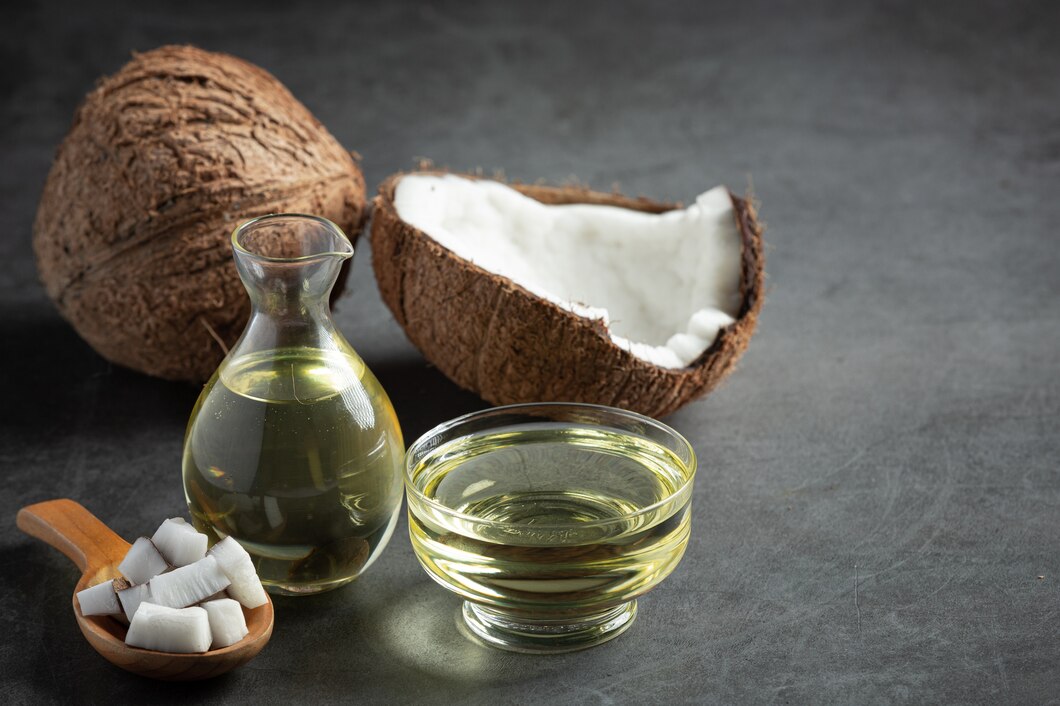Olive oil is a versatile and healthy option in the kitchen, prized for its flavor and health benefits. However, there are times when you might need a substitute due to dietary restrictions, flavor preferences, or simply because you’ve run out. Here are five alternatives to olive oil that you can consider using in your cooking:
1. Avocado Oil
Avocado oil shares many similarities with olive oil. It has a mild flavor, making it a suitable substitute in most recipes where olive oil is used for sautéing, frying, or as a salad dressing base. Avocado oil also has a high smoke point, making it ideal for high-temperature cooking methods like stir-frying.
2. Coconut Oil
Coconut oil is another excellent substitute, particularly in recipes where you don’t mind a hint of coconut flavor. It solidifies at cooler temperatures but melts easily when heated, making it versatile for both cooking and baking. It adds a unique flavor profile that complements dishes like curries, baked goods, and even as a butter substitute in vegan recipes.
3. Grapeseed Oil
Grapeseed oil is known for its neutral flavor and high smoke point, similar to olive oil. It’s extracted from the seeds of grapes and is rich in polyunsaturated fats. Grapeseed oil works well for sautéing, roasting, and grilling, where you want a light, clean taste without overpowering the dish’s natural flavors.
4. Sunflower Oil
Sunflower oil is another neutral-flavored oil that can be used in place of olive oil in various cooking applications. It has a high smoke point, making it suitable for frying, baking, and cooking at high temperatures. It’s also a good source of vitamin E and low in saturated fats, making it a healthier choice for cooking.
5. Sesame Oil
Sesame oil is distinctive for its nutty flavor, which can add depth to stir-fries, marinades, and dressings. It’s best used in moderation due to its strong taste, but when used appropriately, it can enhance the flavor profile of Asian-inspired dishes and salads. It’s important to note that sesame oil has a lower smoke point compared to other oils mentioned, so it’s best used for low to medium-heat cooking or as a finishing oil.
Choosing the Right Substitute
When selecting a substitute for olive oil, consider the flavor profile of the dish you’re preparing and the cooking method you’ll be using. Each alternative offers its own unique characteristics, from mild and neutral to bold and flavorful. Experimenting with these oils can also introduce new dimensions to your cooking, allowing you to tailor dishes to your taste preferences and dietary needs.
Next time you find yourself in need of an olive oil substitute, reach for one of these options to keep your culinary creations flavorful and satisfying. Whether you’re sautéing vegetables, baking bread, or whipping up a salad dressing, these oils can seamlessly replace olive oil while adding their own distinct touch to your dishes.








